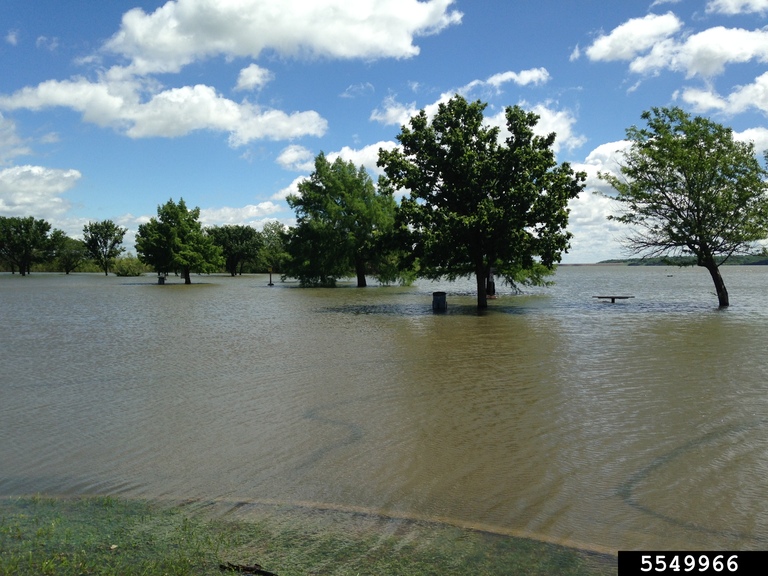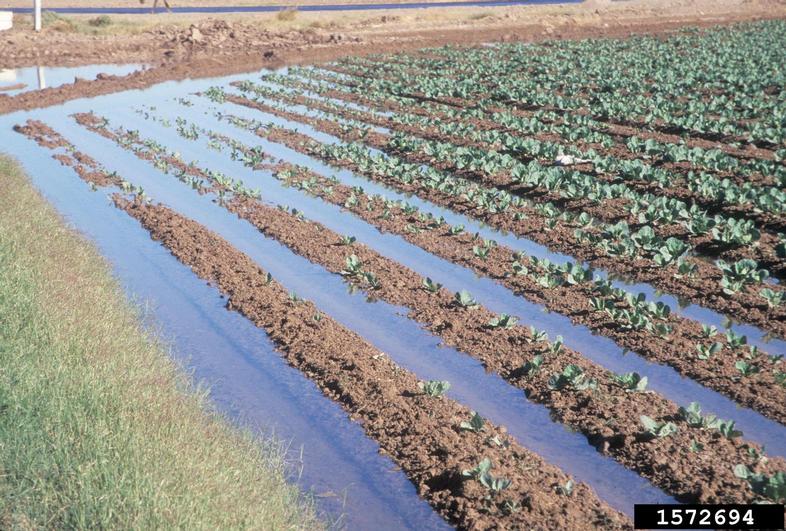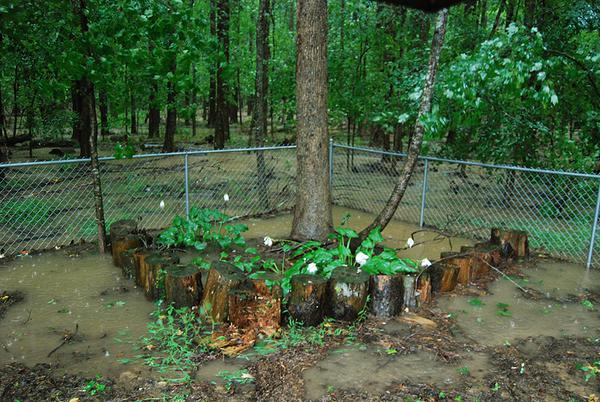Handling Flooding and Storm Damage in the Landscape
go.ncsu.edu/readext?1097010
en Español / em Português
El inglés es el idioma de control de esta página. En la medida en que haya algún conflicto entre la traducción al inglés y la traducción, el inglés prevalece.
Al hacer clic en el enlace de traducción se activa un servicio de traducción gratuito para convertir la página al español. Al igual que con cualquier traducción por Internet, la conversión no es sensible al contexto y puede que no traduzca el texto en su significado original. NC State Extension no garantiza la exactitud del texto traducido. Por favor, tenga en cuenta que algunas aplicaciones y/o servicios pueden no funcionar como se espera cuando se traducen.
Português
Inglês é o idioma de controle desta página. Na medida que haja algum conflito entre o texto original em Inglês e a tradução, o Inglês prevalece.
Ao clicar no link de tradução, um serviço gratuito de tradução será ativado para converter a página para o Português. Como em qualquer tradução pela internet, a conversão não é sensivel ao contexto e pode não ocorrer a tradução para o significado orginal. O serviço de Extensão da Carolina do Norte (NC State Extension) não garante a exatidão do texto traduzido. Por favor, observe que algumas funções ou serviços podem não funcionar como esperado após a tradução.
English
English is the controlling language of this page. To the extent there is any conflict between the English text and the translation, English controls.
Clicking on the translation link activates a free translation service to convert the page to Spanish. As with any Internet translation, the conversion is not context-sensitive and may not translate the text to its original meaning. NC State Extension does not guarantee the accuracy of the translated text. Please note that some applications and/or services may not function as expected when translated.
Collapse ▲(Taken from online article written by Dr. Lucy Bradley, NC State Extension Horticulture Specialist)

Rising river levels can submerge trees and surrounding vegetation, leading to long-term stress or loss of plant life.
With the passing of tropical storms and moisture, homeowners may have questions related to storm damage and flooding. This article is a collection of tips and resources that can help residents recover should these hazards occur.
Triage
- Do not make snap decisions. Many deciduous plants will lose their leaves as a strategy for coping with flooding but will leaf out again over time. Damage from flooding can persist for weeks, months, and even years. This damage can result in losses later, especially if drought occurs the following summer.
Document
- When it is safe, take photographs to document damage that may have occurred:
- Document how high the water came onto your property.
- Document damage to plants and property. This can be useful should plants decline at a much later date.
- Document any foreign substances washed into your landscape. Trying to test for foreign substances in soil and on plants is quite expensive and almost impossible later.
Clean Up
- Safety First. Beware of down power lines, broken glass, and other hazards. Stay out of floodwater.
- Limit reentry until the landscape has dried out. Driving on saturated soil can cause compaction, which may require remediation.
- Downed branches and trees are dangerous, often not responding as anticipated, which can lead to further expensive and unnecessary damage to the tree and the person. When in doubt about personnel safety or safety of property, hire a professional.
- If plants are covered in salt from a storm surge, rinse them in clean water as soon as possible (unless the rain does this for you). Salt injury is usually limited to those properties nearest the sound where salt water is at its greatest concentration. Most riverside locations see limited impacts from salt.
- Do not fertilize plants after flooding. Flooded roots will require several weeks of drying and regrowth before they will be able to utilize any additional nutrients you could provide.
- Remove sources of standing water or use Mosquito dunks to eliminate breeding spots for mosquitoes. All mosquito species require some form of water to complete their lifecycle. Reducing these sources can slow development.
Managing Edible Plants and Gardens Exposed to Flood Water
Safety Concerns with Floodwater
- The first consideration is personal safety. Floodwater may contain bacterial, viral and parasitic contaminants including raw sewage from septic tanks, animal feces, and dead animals from agriculture or pets, particularly E. coli, Listeria, and Vibrio. In addition, chemical contaminants could have been washed in from a variety of sources. Exposure can occur through eating soil (including soil adhering to fruits, and vegetables); breathing volatiles and dust; absorbing contaminants through the skin; and eating fruits and vegetables that have absorbed contaminants.

Standing water in crop fields can damage root systems and reduce yields, even after the floodwaters recede.
Local Plants to Avoid Eating After Flooding
- Floodwaters may be contaminated with raw sewage so do not eat leafy greens or root crops that are difficult to wash and are eaten raw. Crops that can be boiled pose less risk from viral or bacterial contamination however, neither cooking nor canning will remove the risk of chemical contamination.
Recovery Steps for Gardens
- Do not harvest food for 90-120 days after flood water recedes.
- Newly seeded gardens rarely survive a flood. Consider tilling the soil after it has dried to encourage decomposition and reduction of pathogens.
- Consider planting a cover crop prior to the next food crop and allow several months before starting a new crop.
For more information on this, please read the Extension note Vegetable, Herb and Fruit Gardens Exposed to Floodwater.
Landscapes
- The healthier the plant, the shorter the time underwater, the higher the tolerance of the species to low soil-oxygen levels, the sandier the soil, and the more dormant the plant the more likely it is to survive flooding.
Plant Stress and Disease Issues
- Some may not show the full signs of flood stress for several years. Leaves will turn yellow and drop, branch dieback will begin at the tips. Plant stress will cause poor growth and increased insect and disease pressure. Wet soils encourage root and crown diseases like Fusarium, Phytophthora, Pythium, and Rhizoctonia solani.

Flooding in residential areas impacts both landscapes and nearby ecosystems, creating challenges for recovery and cleanup.
Recovery Practices for Trees and Shrubs
- Cover exposed roots and replace lost soils with organic matter, which will replace lost soil microbes as well as slow-release nutrients to promote plant health.
- Remove excess silts and soils covering tree trunks and crowns.
- Improve site drainage and do not fertilize while plants are recovering as this can make the plant more vulnerable to insect and disease damage.
- Prune only dead, diseased or broken branches during the first year after the storm.
- Replace lost plants with native and well-adapted plants.
Lawns
- Saturated soils and debris, silt and soil left after the water recedes can kill lawns.
Turfgrass Tolerance
- Turfgrass species vary in submersion tolerance, and bermudagrass is more tolerant than most. The level of injury depends on water temperature and depth, whether any leaves extend above the water surface, and the amount of time the turf is submerged.
Soil and Debris Management
- Soil and debris two or more inches deep should be removed from the turf as soon as possible after flooding. If it is not possible to remove the layer of soil or debris consider core aerifying when the weather is favorable.
For more information on managing turfgrass after a hurricane please read the Extension note Turfgrass Management after Hurricanes.



